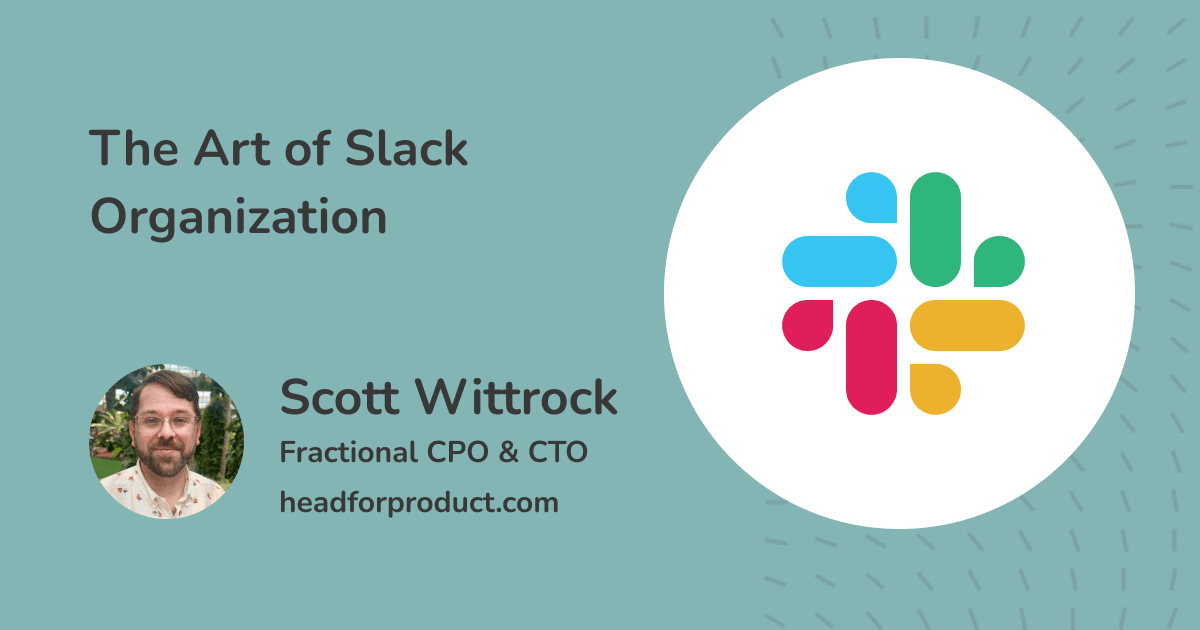Making work visible: The power of Kanban boards in product development
In the dynamic world of software development, staying organized, adaptive, and efficient is critical to success. One valuable tool that has gained significant popularity in recent years is the Kanban board. In this blog post, we'll delve into the concept of a Kanban board, explore its history, understand its relevance in software development, and discuss why incorporating it into your product management process could be a game-changer. We'll also highlight some prominent tools like Jira, Linear, Notion, and GitHub Projects that can help you implement and maximize the potential of Kanban boards.
Understanding Kanban
At its core, a Kanban board is a visual representation of your work process. It's a means of tracking tasks, visualizing progress, and managing workflow. Inspired by the Toyota Production System, which aimed to improve manufacturing efficiency, the Kanban method focuses on minimizing waste and enhancing productivity. It's a way to create a clear, visual snapshot of work in progress.
Kanban board vs. Kanban methodology
It's worth creating some separation between a Kanban board and the Kanban methodology. A Kanban board is a physical or digital board with cards arranged in columns based on their status. You can use a Kanban board with other development methods, most commonly with Scrum. The Kanban methodology focuses on making work visible and limiting the work in progress at a given time. The board is a vital artifact of the Kanban method.
A brief history of Kanban
The history of the Kanban methodology traces back to the 1940s when Toyota implemented it as part of its production system. The term "Kanban" itself means "visual signal" in Japanese. It optimized manufacturing processes by ensuring that materials and components were delivered just in time for production, reducing overstocking and waste. Over time, this concept transitioned from manufacturing to various industries, including software development.
Kanban in software development
Software development, like manufacturing, involves complex processes and changing priorities. Kanban's adaptability made it a natural fit for software teams. It facilitates incremental and continuous improvement by emphasizing flexibility, collaboration, and quick response to changing requirements. Kanban boards help teams visualize work items, statuses, and bottlenecks, making it easier to manage and prioritize tasks.
Advantages of using Kanban boards
When I introduced a Kanban board to teams that previously operated without formal work tracking, a remarkable transformation unfolded midway through the initial sprint. Suddenly, the daily standups gained renewed vigor. With work items prominently displayed on the shared Kanban board, status updates became quicker and exponentially more efficient. The team's energy was channeled into concise queries and obstacle resolution. Seasoned developers swiftly recognized moments when junior team members might face challenges and offered their expertise, fostering a collaborative environment. Moreover, intricate issues were promptly pinpointed, leading to impromptu brainstorming sessions that swiftly dismantled roadblocks for team members. The infusion of Kanban methodology sparked a tangible metamorphosis, enhancing communication, teamwork, and problem-solving dynamics.
- Visual Clarity: Kanban boards offer a clear, real-time overview of ongoing tasks and their stages, enhancing transparency and understanding.
- Flexibility: The fluid nature of Kanban allows teams to adapt to changing priorities and customer needs seamlessly.
- Efficiency: By identifying and addressing bottlenecks, teams can optimize their workflow, leading to faster delivery of high-quality products.
- Collaboration: Kanban boards promote collaboration and shared responsibility among team members, fostering a sense of ownership.
- Focus on Value: With tasks displayed in columns like "To Do," "In Progress," and "Done," the focus shifts to completing valuable work and reducing work-in-progress.
Beyond sticky notes on a wall
In its most elemental manifestation, a Kanban board often materializes as a collection of post-it notes that are adhered to a wall, separated into columns that are fashioned with tape. While I've employed this technique on occasions during my professional journey, the prevailing trend leans toward harnessing digital instruments for board management. When using digital tools, displaying that board on a physical monitor for colocated teams is essential, or ensuring the standup leader screen shares the board at every standup. Remember, the whole idea behind Kanban is to make work visible, so having a shared board that's accessible is really important for the team.
Here are some of the more popular tools that software development teams are using today:
- Jira: Love it or hate it, there aren't too many people in between. But Jira is one of the more popular tools used for software development that allows you to create customized Kanban boards. Most useful for larger companies with many teams as the user management and access controls are some of the most mature (and complex).
- Linear: Linear started as a more oppinionated version of Jira. It's focus is on removing a lot of the organizational overhead so teams can focus on building great products.
- Notion: While starting as a knowledge repository for companies, Notion’s also provides customizable board views which can be setup to support a software development flow. Good for early companies with one or two software teams.
- Github Projects: Github offers a Kanban view with its Project feature. Its feature set is most optimized for engineering teams working on open-source projects async. It needs some of the longer-term tools like Epics and projects the other tools provide. Suitable for teams working on open source or having contributors outside of their company.
In the world of product management, where agility and organization are paramount, Kanban boards shine as a versatile and effective tool. By visualizing workflows, promoting collaboration, and streamlining processes, they provide a competitive edge in software development and beyond. Embrace the power of Kanban and watch your efficiency and influence soar.
If you want help implementing the best issue tracking system for your team or company, please don’t hesitate to reach out.



